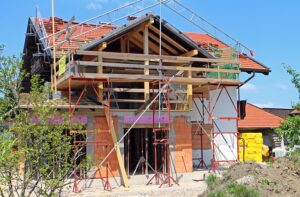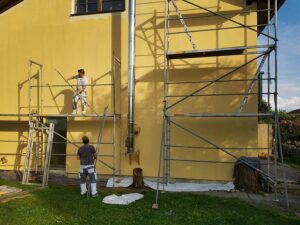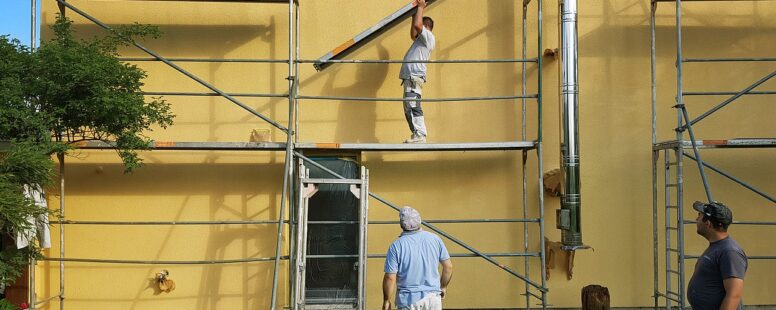Flipping Houses 101: Tips for Renovating Older Properties
If you’re here, chances are you’ve got your eyes on a fixer-upper or older property that has the potential to become your dream home. You might even start thinking about all the improvements you could make and how much value you could add to the property.
But before you jump in, it’s important to have a plan in place. Renovating an older property can be a major undertaking, and it’s not without its challenges. So keep on reading as you’re going to learn tips for renovating older properties and how to turn them into your dream home.
Run a Thorough Inspection
 This step is like peeling back the layers of history that have accumulated over the years. Begin by assessing the structural integrity of the building – check for signs of water damage, cracks in walls, or uneven floors. Don’t forget to inspect hidden areas such as attics and basements where issues may be lurking out of sight. Electrical wiring, plumbing systems, and HVAC units should also undergo thorough scrutiny to ensure they meet current safety standards. Look beyond cosmetic flaws and delve into the bones of the house to uncover any potential red flags that could impact your renovation plans down the line.
This step is like peeling back the layers of history that have accumulated over the years. Begin by assessing the structural integrity of the building – check for signs of water damage, cracks in walls, or uneven floors. Don’t forget to inspect hidden areas such as attics and basements where issues may be lurking out of sight. Electrical wiring, plumbing systems, and HVAC units should also undergo thorough scrutiny to ensure they meet current safety standards. Look beyond cosmetic flaws and delve into the bones of the house to uncover any potential red flags that could impact your renovation plans down the line.
Respect and Preserve Character
When renovating an older property, though sometimes it can be challenging, do your best to respect and preserve its unique character. These homes often boast charming architectural details and historical significance that add to their appeal. One way to honor the character of the home is by retaining original features like crown molding, hardwood floors, or vintage fixtures. These elements can tell a story and bring a sense of nostalgia to the space. Consider incorporating modern updates while still maintaining the overall aesthetic of the property. But most importantly, note that respecting the character of an older home also involves researching its history and understanding what makes it special. This knowledge can guide renovation decisions that enhance rather than detract from its charm.
Update Systems
When renovating an older property, updating the systems is crucial for ensuring safety and functionality. Start by inspecting the plumbing, electrical, and HVAC systems to identify any outdated or faulty components that need to be replaced. Upgrading these systems not only improves efficiency but also reduces the risk of potential hazards down the line. Next, try replacing old plumbing pipes with newer materials like PEX or copper for better durability and longevity. Updating electrical wiring and fixtures can enhance both safety and energy efficiency in your home. Installing a modern HVAC system will not only improve comfort but also lower utility bills in the long run.
Upgrade Energy Efficiency
 Speaking of energy efficiency, it’s, in fact, a must-do in your remodeling list. The key here is to assess areas where energy may be wasted, such as outdated insulation or drafty windows. Consider installing energy-efficient appliances and lighting fixtures to reduce electricity consumption. Another way to increase energy efficiency is by investing in good, renewable energy sources like solar panels or geothermal heating systems. In the end, renovating an older property requires patience, attention to detail, and careful planning. With the right approach, you can turn a dated house into a modern sanctuary that reflects your style and personality. So roll up your sleeves, get creative with design ideas, and enjoy the transformation from fixer-upper to dream home.
Speaking of energy efficiency, it’s, in fact, a must-do in your remodeling list. The key here is to assess areas where energy may be wasted, such as outdated insulation or drafty windows. Consider installing energy-efficient appliances and lighting fixtures to reduce electricity consumption. Another way to increase energy efficiency is by investing in good, renewable energy sources like solar panels or geothermal heating systems. In the end, renovating an older property requires patience, attention to detail, and careful planning. With the right approach, you can turn a dated house into a modern sanctuary that reflects your style and personality. So roll up your sleeves, get creative with design ideas, and enjoy the transformation from fixer-upper to dream home.

